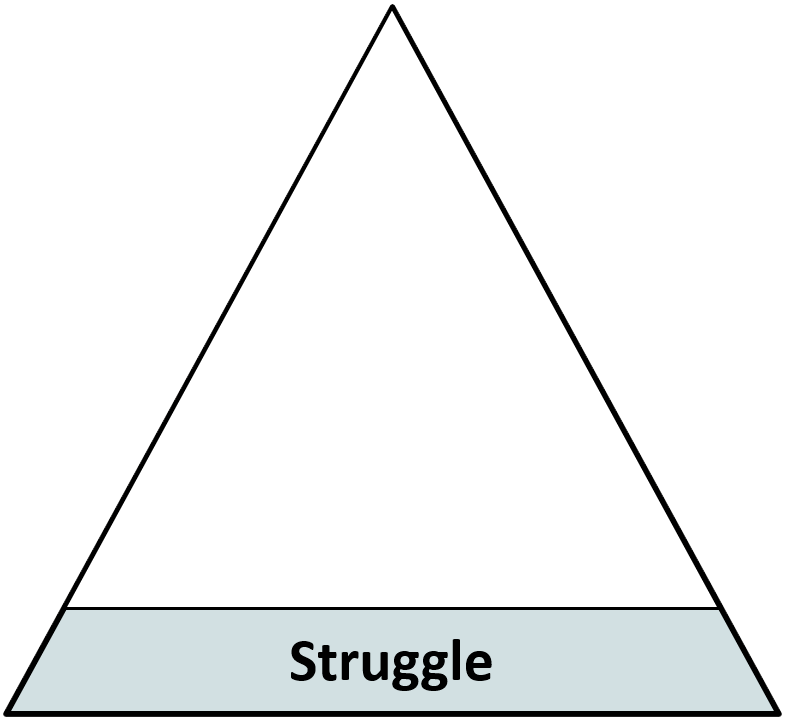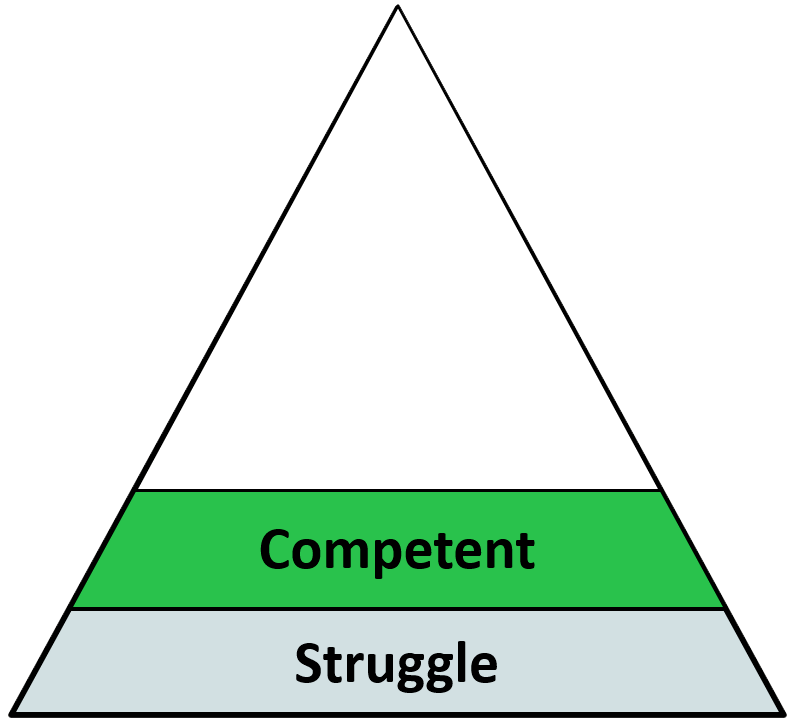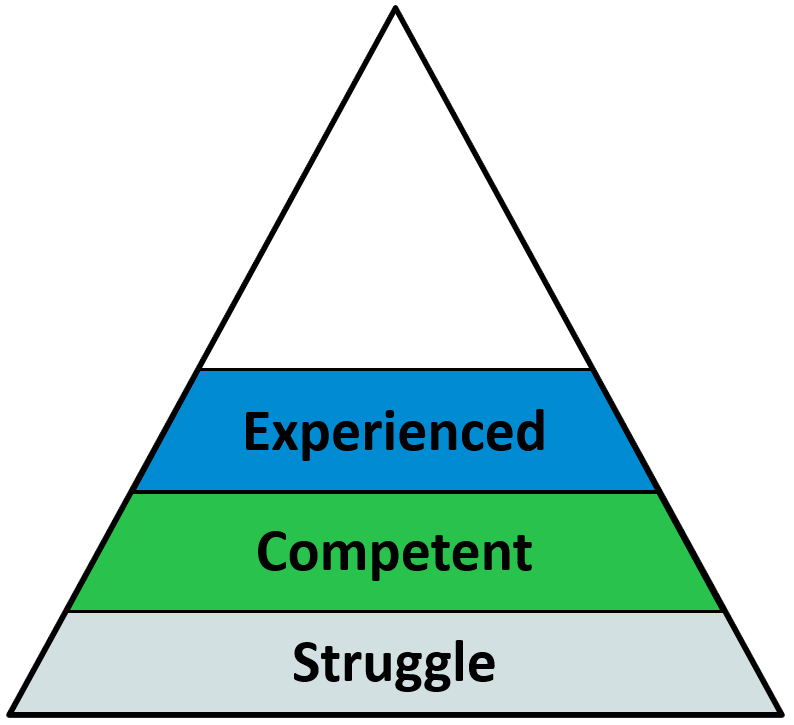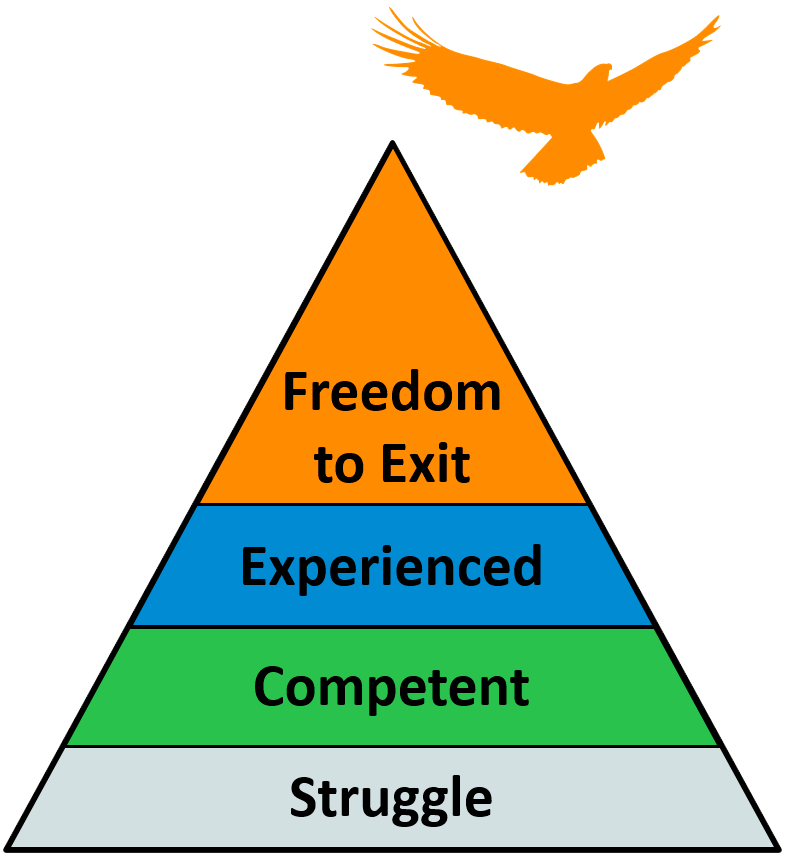Freedom
freedom [ free-duhm ]
- the state of being free or at liberty rather than in confinement or under physical restraint
- exemption from external control, interference, regulation, etc.
- the power to determine action without restraint.
- exemption from the presence of anything specified; e.g. freedom from fear.
While the dictionary definition of freedom serves to establish a common understanding of the word, at the end of the day, you have your own personal definition of what freedom truly means to you.


Personal Freedom
If you could be anywhere right now, doing what you really love to do, where would that be and what would you be doing?
On a beach? Hiking or camping in the mountains? Traveling to new places on your bucket list?
I believe that each person’s answer represents, in part, their definition of “freedom”: being able to do whatever it is you love doing most, what makes you most happy. We call this your “freedom activity.” We also call this “dreaming”.

How Free Are You?
Looking back at the last 12 months, how much time were you able to spend doing your freedom activity?
This question reveals just how free you are. Afterall, wouldn’t we all love to be doing what we love most as much as we wanted? The more time you get to do what you’ve defined as your freedom activity, the freer you are. The less time, the less free you are. We also call this “living the dream”.
Take my short survey and I'll share with you what other small business owners have said about how free they are.

....

....
The Four Levels of Freedom
As we all know, a small business owner's personal freedom is tied directly to their professional freedom. The less free they are in their business, the less personal freedom they are almost certainly going to have.
We define the level of freedom that a small business is operating at, and therefore the level of professional freedom that the owner of that small business has, as a hierarchy of four levels.

Struggle
This is the level where most new business owners begin, and many small businesses never move beyond.
At the struggle level, the owner is responsible for both running the business and also delivering all or most of a product or service.
Anyone who will pay for the product or service is a customer and cash flow is an unstable roller coaster.
The owner typically works 12-hour days, including weekends, which means very little time for anything besides work. Vacations are Christmas Day and Thanksgiving.
At the struggle level of freedom, the owner actually owns a job rather than a business.
They're not very free... or very happy.

Competent
At the competent level of freedom, a small business owner has hired a number of employees to share the workload.
The owner is still very involved in the day-to-day operations, but able to delegate some of their responsibilities for running the business and delivering product or services.
This reduces their work hours from 12 down to 10 per day, and they even have time to take a weekend off every now and then.
Cashflow is still stressful in the "off season", but more predictable.
At the competent level of freedom, the owner still owns a job rather than a business, but at least they have more control over the business and they're content.
However, content is not happy, and control is not freedom.

Experienced
The tipping point between the competent level of freedom and the next level up, experienced, is the fact that the business owner has moved from owning a job to actually being a business owner.
At this level, the owner has hired a professional staff, they are doing very little of the "technical" work of the business, and they spend much more time working on the business to make it better.
The customer base is stable and predictable, cashflow is good, and the business even has a healthy cash reserve for an emergency.
At the experienced level of freedom, the owner has to work less, but can only take one week off, at most, for vacation because the business still depends heavily on their day to day involvement.
The owner has more freedom, and is happier to be sure, but owning the business may no longer be fulfilling.
With a taste of freedom, they hunger for more, but they're not sure how to get it, how to get to the next level of freedom.

Freedom to Exit
When a business has reached the pinnacle of the four levels of freedom, it has achieved the Freedom to Exit level.
The owner has fewer phone calls to take and return. Fewer emails to read and reply to.
They have a Leadership Team in place who shares in the responsibility of running and growing the business.
All of the owner's time is spent working on the business rather than working in the business.
The owner can take as much time as they want away from the business. How? Because the owner is no longer necessary or needed!
When a business is operating at the Freedom to Exit level of freedom, the owner can choose if and when they want to exit.
This is true freedom. This is true happiness.

Sound too good to be true?
Not only is Freedom to Exit possible, it's real for many small business owners (click here for one example). They're committed to doing what's necessary to operate a Freedom Focused business at the pinnacle of freedom.
At what level of freedom is your business operating?
Take my short Four Levels of Freedom Survey and I'll share with you what other small business owners have said their level of freedom is.
What level of freedom is your business at?If you're committed to doing what's necessary to make your business Freedom Focused, to achieving the Freedom to Exit level of freedom, and to greatly increasing your personal and professional freedom as a small business owner, don't wait any longer to begin your journey.
Get Started Today!

